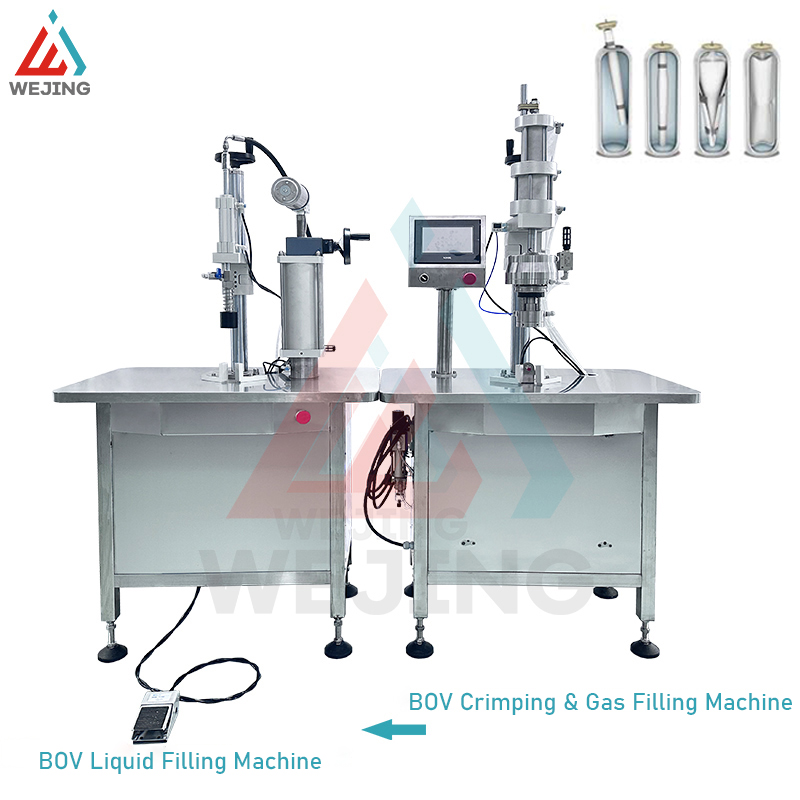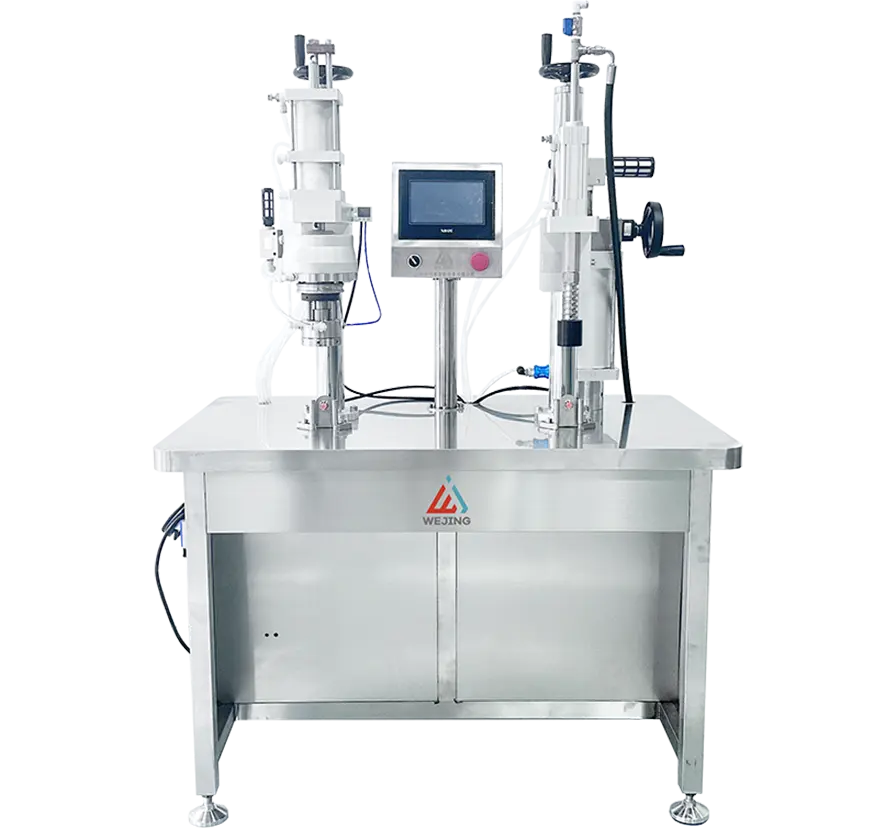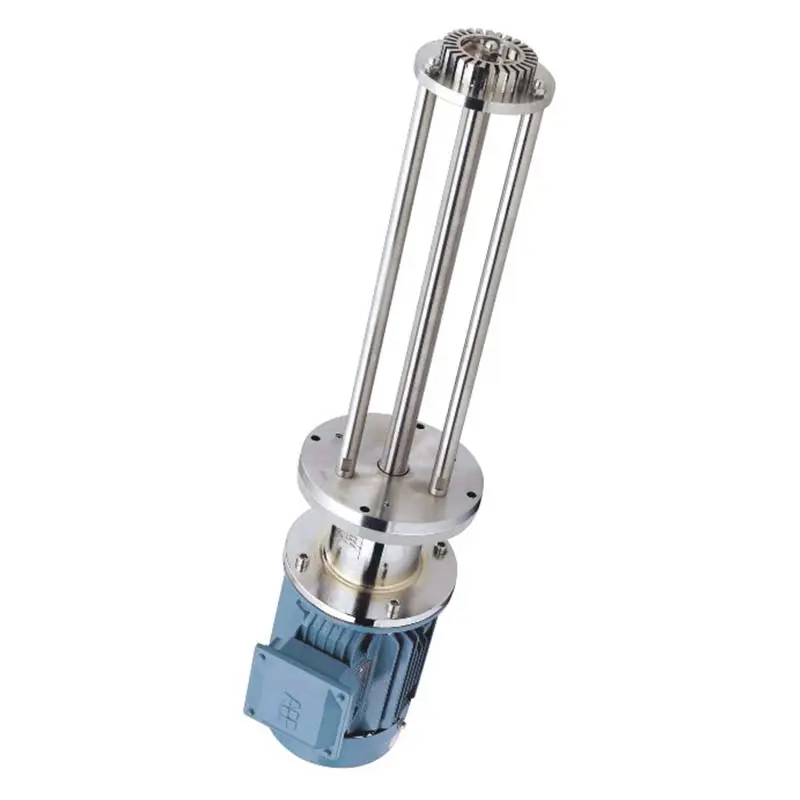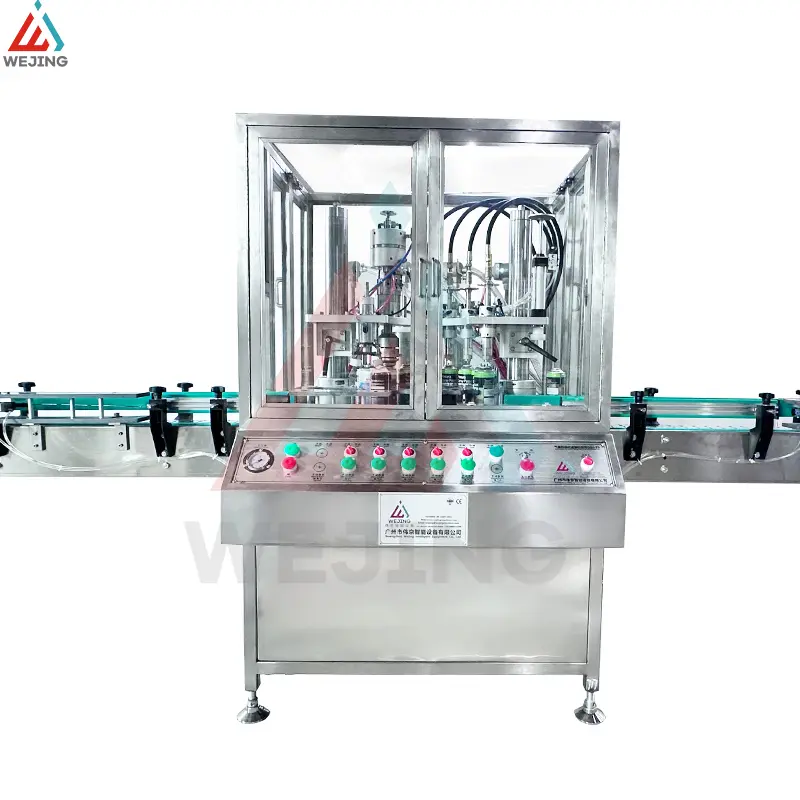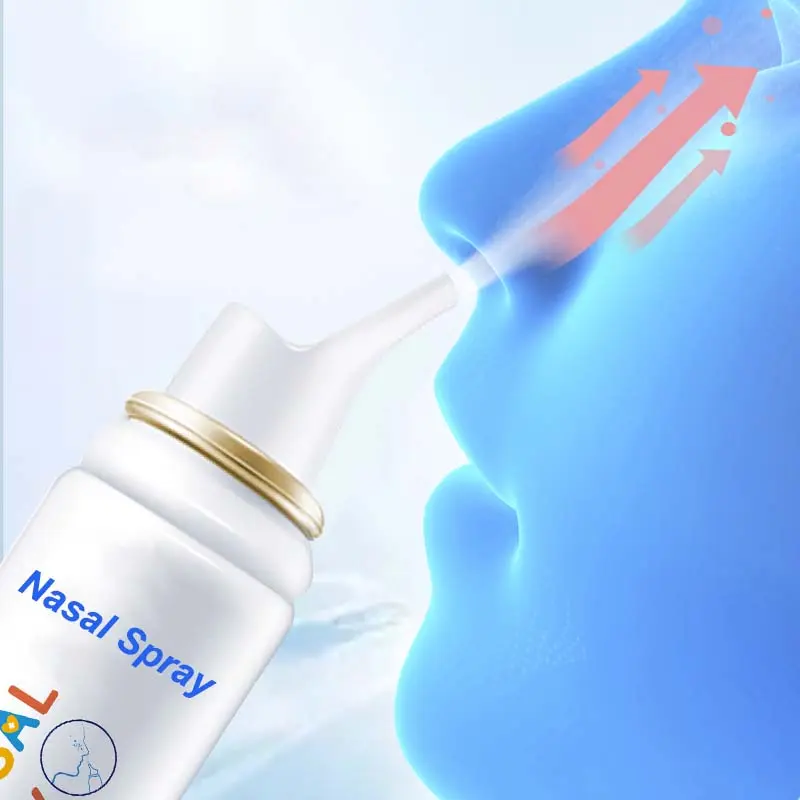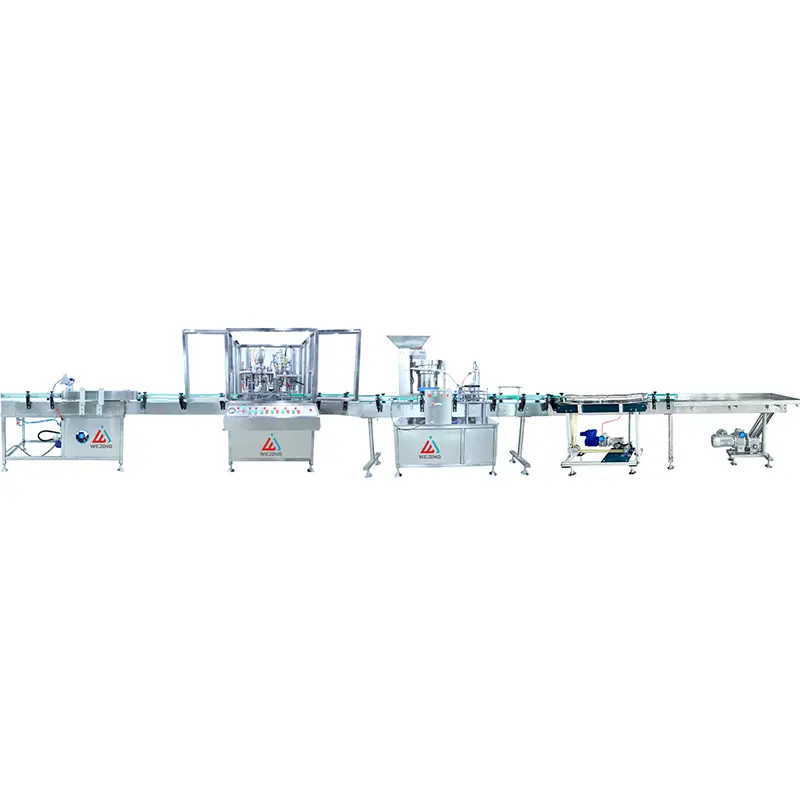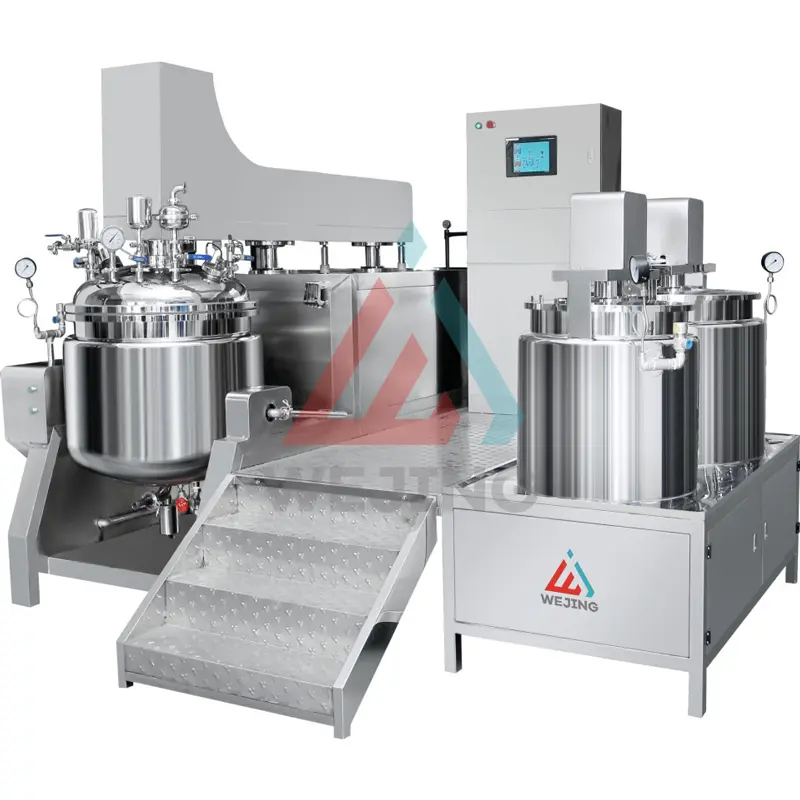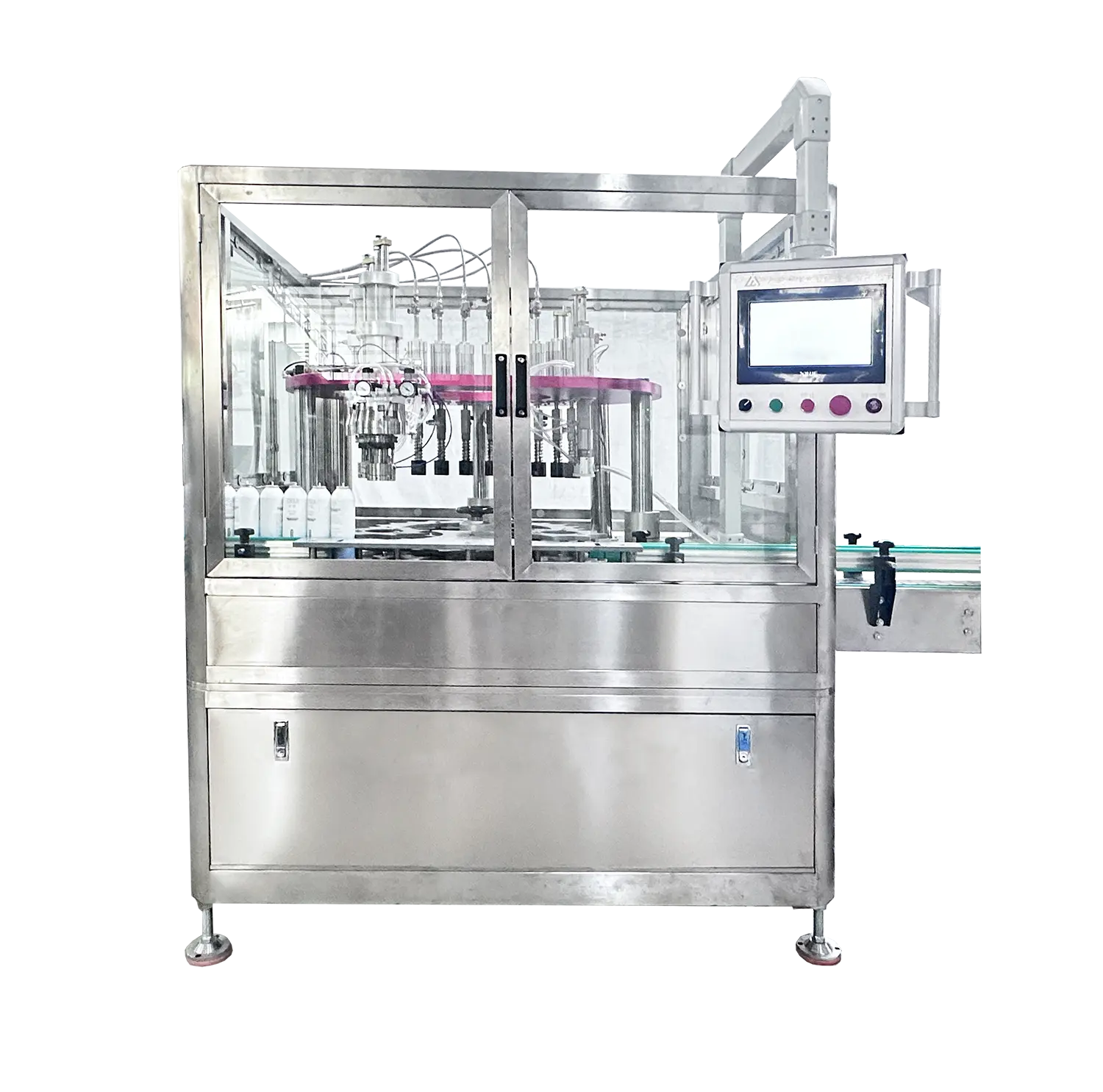Aerosol Filling: Problems, Solutions, and Optimization in the Industry
Aerosol Filling: Problems, Solutions, and Optimization in the Industry
2024-12-21
I. Introduction to Aerosol Filling Technology
A. Basic Principles
B. Components and Equipment
II. Challenges in Aerosol Filling
A. Gas-Related Issues
B. Liquid Handling Problems
C. Capping and Sealing Problems
D. Technical/Mechanical Issues
E. Safety Hazards
F. Environmental Concerns
III. Selecting the Appropriate Aerosol Filling Equipment
A. Essential Equipment Specifications
B. Cost-Benefit Analysis Framework
C. Automation Level Considerations
IV. The Significance of Proper Aerosol Filling for Product Quality
A. Impact on Product Performance
B. Consumer Safety Considerations
C. Brand Reputation Management
D. Industry-Specific Applications and Requirements
V. Optimizing Aerosol Filling Operations
A. Efficiency Enhancement Strategies
B. Cost Reduction Techniques
C. Quality Control Optimization
D. Frequently Asked Questions (FAQs)
Conclusion
Proper aerosol filling is vital. Understanding the technology, addressing challenges, choosing the right equipment, and optimizing operations lead to high-quality products, safety, and compliance. Continuous improvement is key for success in this industry.






